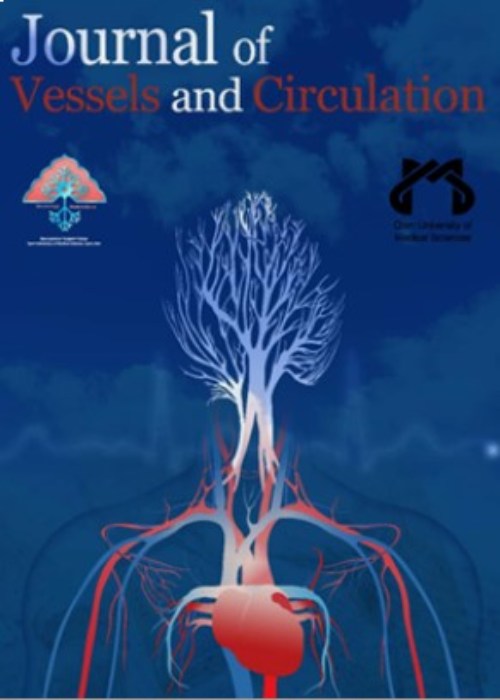The Promising Options of Heart Rate Variability (HRV) for stroke- a Narrative Review of the Literature and Clinical Translation
This article is an attempt to summarize the most updated information on heart rate variability (HRV) in ischemic stroke and to contribute to the clinical translation of this field. A wide range of pathologies, including vascular diseases (with stroke as a hallmark), are related to HRV. The parameters of this phenomenon can open a window to improve clinical approaches. The interval between two consecutive heartbeats is changed by the autonomic nervous system and these changes are called heart rate variability or HRV. Higher range and complexity of HRV fluctuations indicate better and more effective vascular and autonomic self-regulation and repair capacities.
The keywords including “heart rate variability”, stroke, and “cerebrovascular event” were used and PubMed, Scopus, SID, and Google Scholar databases were searched. Reference books on neurology and clinical neurosciences were also used. Researchers checked the relevance of the documents and excluded irrelevant findings.
Several book chapters, together with 50 related reports and journal articles were identified, all of which were studied. The important and acceptable concept line of this field was extracted and reported here.
HRV fluctuations decrease after ischemic stroke, therefore, they show autonomic impairments leading to an increase in sympathetic activity and a decrease in parasympathetic activity in the acute stage of stroke. These changes may persist and be associated with an increased risk of subsequent mortality. In patients with acute ischemic stroke, HRV could be a biomarker with prognostic value and may differentiate favorable and unfavorable outcomes of treatments. Moreover, HRV parameters have a predictive value for the occurrence of ischemic stroke, especially in normal people or patients with significant vascular risks. Overall, HRV recording can be valuable not as an independent tool but as a complement to remove barriers and gaps in the clinical management of stroke; and perform the task of objectifying the patients’ vascular conditions and alterations. Recording these parameters is practical, inexpensive, portable, and therefore, easily implemented in various clinical situations.
- حق عضویت دریافتی صرف حمایت از نشریات عضو و نگهداری، تکمیل و توسعه مگیران میشود.
- پرداخت حق اشتراک و دانلود مقالات اجازه بازنشر آن در سایر رسانههای چاپی و دیجیتال را به کاربر نمیدهد.


